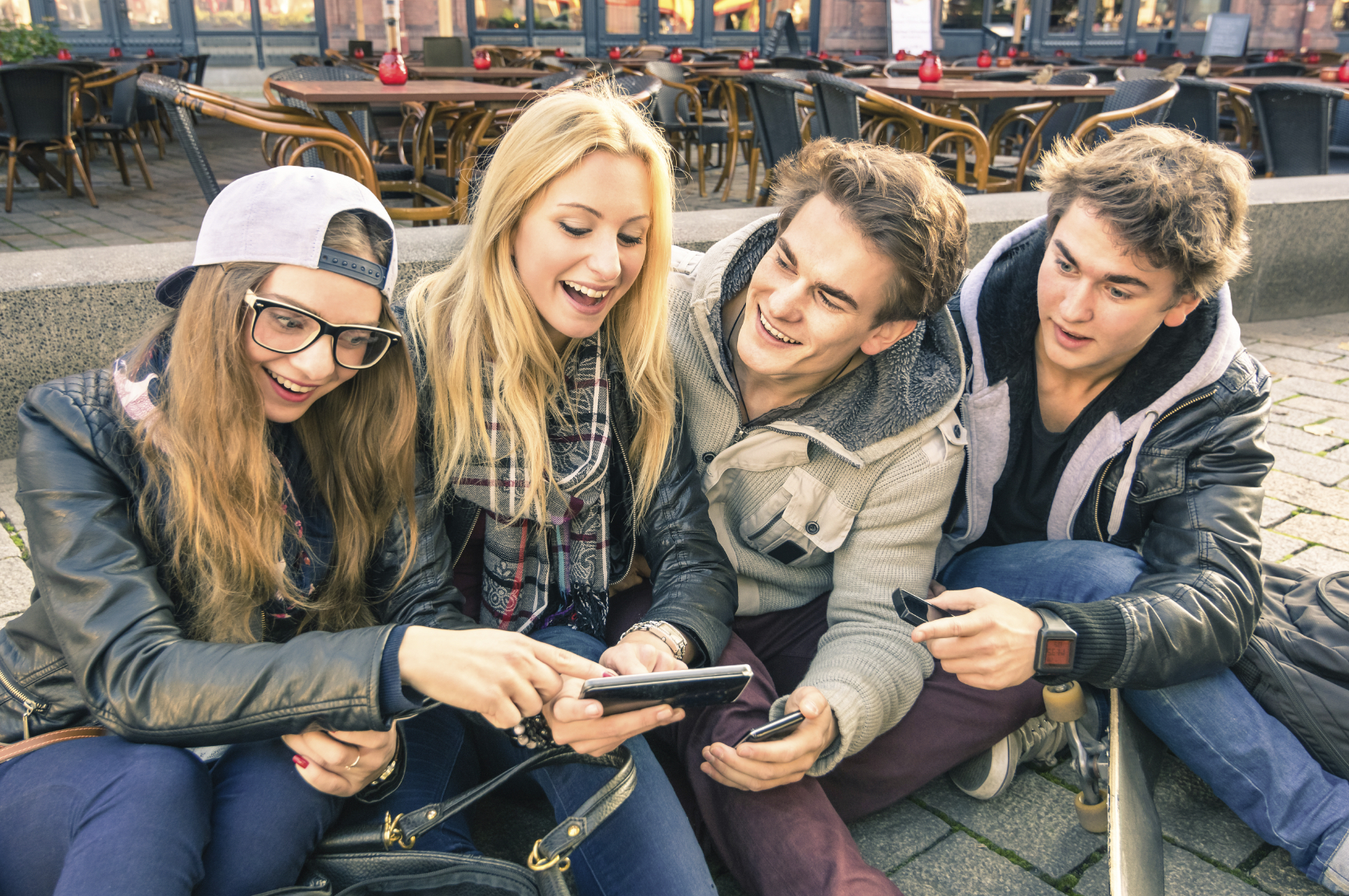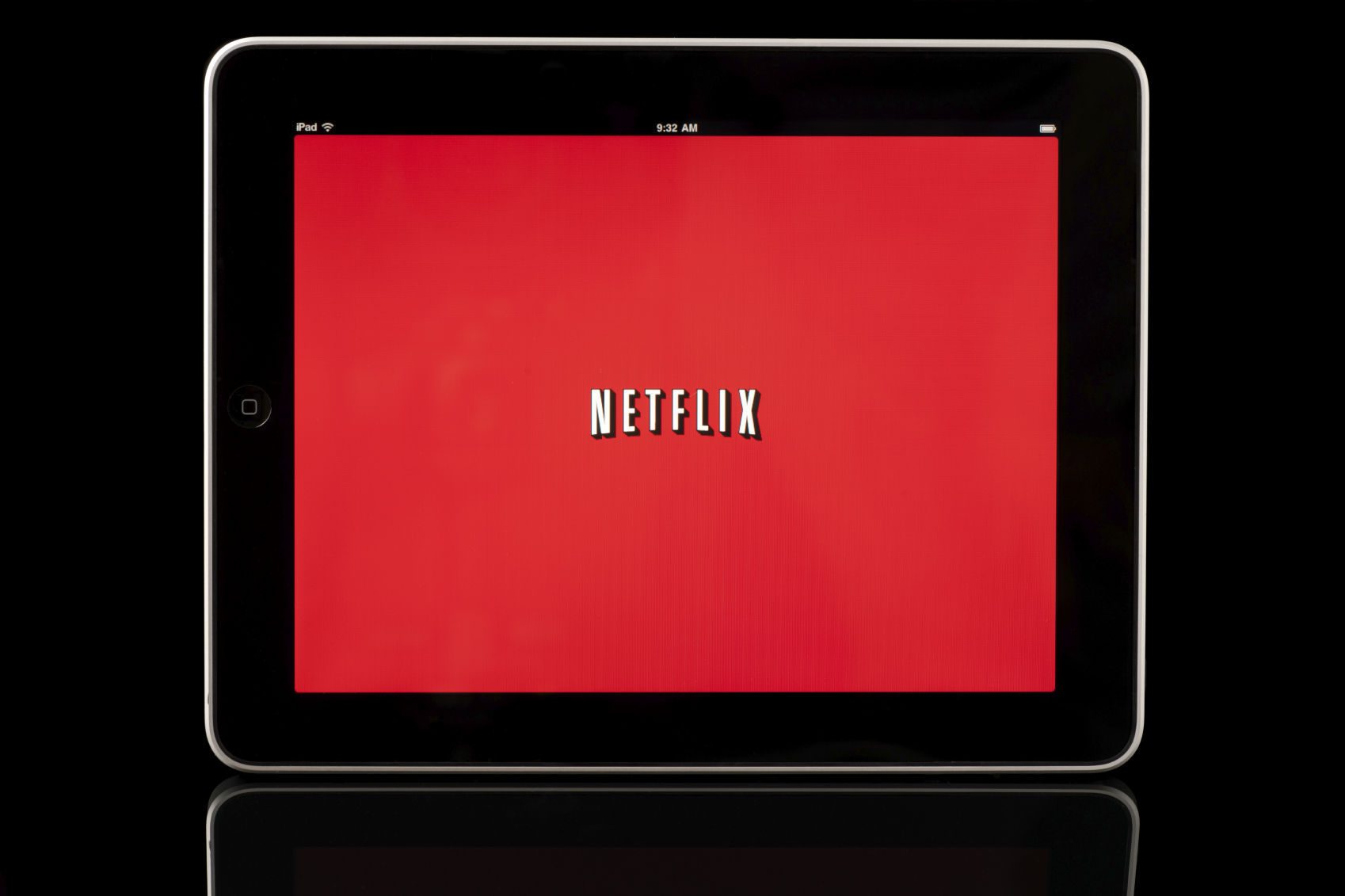Read original story on: Variety & WSJ Blog
“Modern Family” star Sophia Vergara is coming to Snapchat with her own reality series Vergaraland. Co-produced by Fusion and Latin World Entertainment, the six-episode series promises a humorous look at the actress’ career from the perspective of her son.
Snapchat has also reportedly worked out a deal with Major League Baseball Advanced Media to introduce a weekly series of baseball-related video content. We first heard back in March that Snapchat is looking to broadcast live sport events, and this seems like a solid first step in that direction.
Ever since the beginning of this year, we have been witnessing Snapchat’s relentless push into original content to build out its media platform outside messaging. So it seems only natural that Snapchat is now getting Hollywood celebrities and sport leagues on board to boost awareness of its original content.
Led by Snapchat and Facebook Messenger, the messaging apps are racing to become full-fledged media channels. Although it seems still a bit early in the game to declare a winner, Snapchat is most definitely in the running with its vast popularity among Millennials and Gen Z, which means that brands trying to reach those young audiences need to take notice.




